Sustainability in Footwear: Manufacturing Shoes the Eco-Friendly Way
In today’s rapidly evolving footwear industry, sustainability is no longer just a trend but a necessity. As consumers become more conscious of their environmental footprint, manufacturers are increasingly tasked with creating eco-friendly products without compromising on quality or style. Leather footwear, renowned for its durability and comfort, is no exception. This sustainable practices in leather shoe manufacturing, highlighting eco-friendly materials, sustainable OEM production processes, the benefits of vegetable tanning, and how small batch manufacturing (e.g., 100 pairs) can significantly contribute to sustainability.
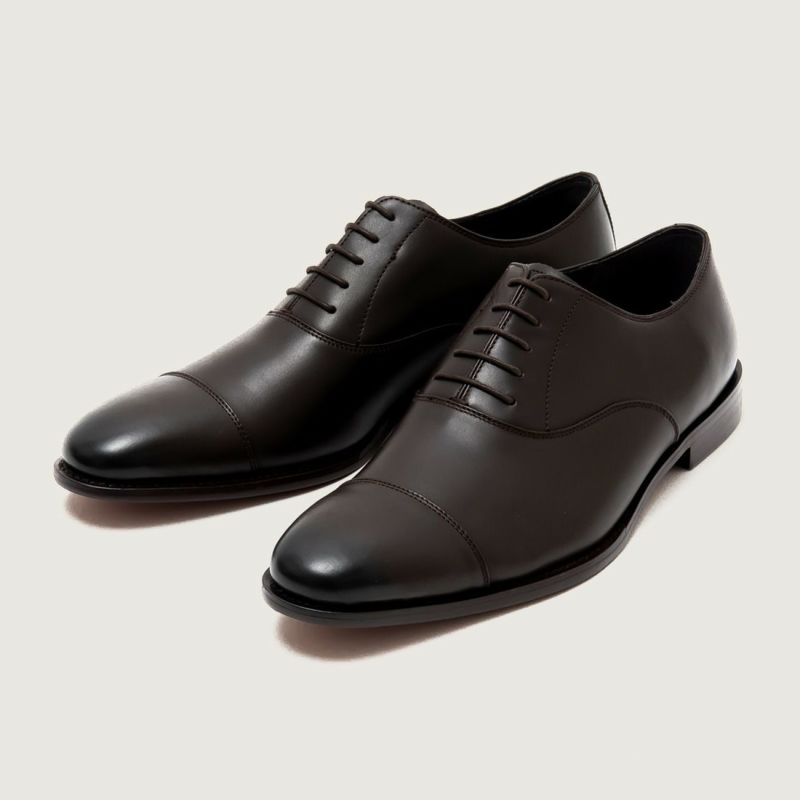
Table of contents
- ▶︎1. Understanding Sustainability in Shoe Manufacturing
- 1.1 Key Areas of Sustainability in Shoe Manufacturing
- ▶︎2. Eco-Friendly Materials in Leather Footwear
- 2.1 Responsible Leather Sourcing
- 2.2 Vegan Leather and Recycled Materials
- 2.3 The Rise of Natural and Biodegradable Materials
- ▶︎3. Sustainable OEM Production: Balancing Quality and Eco-Friendliness
- 3.1 Benefits of Sustainable OEM Practices
- ▶︎4. The Benefits of Vegetable Tanning
- 4.1 What is Vegetable Tanning?
- 4.2 Advantages of Vegetable Tanning
- ▶︎5. Small Batch Manufacturing: Sustainability and Efficiency
- 5.1 Advantages of Small Batch Leather Footwear Manufacturing
- ▶︎6. Leveraging Stock Materials for Sustainable Production
- 6.1 How Stock Materials Contribute to Sustainability
- ▶︎7.Summary
1.1 Key Areas of Sustainability in Shoe Manufacturing
• Eco-friendly materials: Leather sourced from responsible tanneries and alternative materials like vegan leather or recycled fabrics.
• Energy-efficient manufacturing: Reducing energy consumption throughout the production process.
• Waste reduction: Minimizing waste through efficient design and manufacturing processes.
• Ethical labor practices: Ensuring fair wages and working conditions for employees.
• Recyclability and biodegradability: Designing shoes with end-of-life considerations in mind.
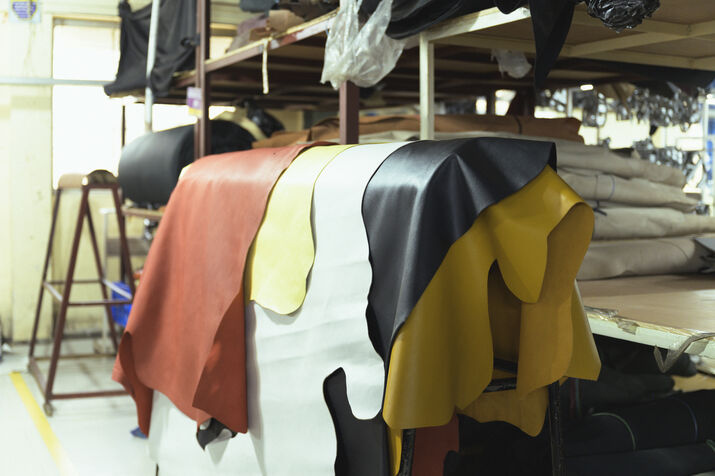
2.1 Responsible Leather Sourcing
Sustainable leather is often sourced from tanneries that comply with environmental standards such as the Leather Working Group (LWG) certification. LWG certified tanneries follow strict protocols to minimize chemical usage and water waste, ensuring that leather production has a minimal environmental footprint.
2.2 Vegan Leather and Recycled Materials
For those seeking alternatives to animal products, vegan leather made from plant-based materials like cork, mushroom, and apple leather offers an eco-friendly option. Additionally, recycled materials such as plastic bottles or upcycled textiles are gaining traction as sustainable alternatives in footwear production.
2.3 The Rise of Natural and Biodegradable Materials
Other emerging materials like bamboo, hemp, and organic cotton are becoming popular for sustainable shoe designs. These materials are biodegradable, require fewer resources to produce, and have a significantly lower carbon footprint compared to traditional materials.
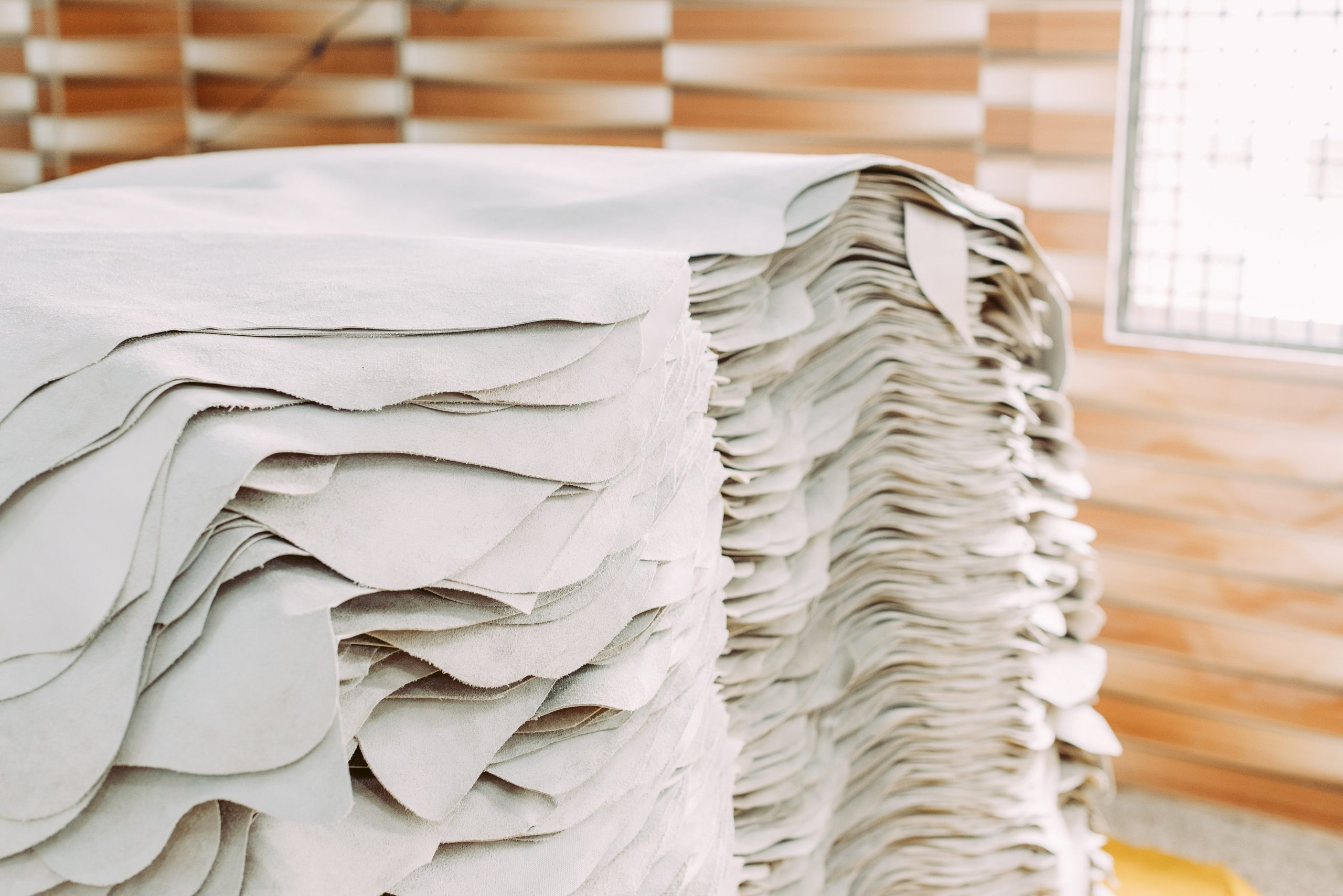
3.1 Benefits of Sustainable OEM Practices
• Low-impact production processes: Sustainable OEMs prioritize efficient energy use, waste reduction, and the use of eco-friendly materials.
• Transparency: These manufacturers are committed to full transparency, ensuring that every step of the supply chain adheres to ethical and environmental standards.
• Collaborative innovation: Sustainable OEMs work closely with brands to design products that are both stylish and eco-friendly, using cutting-edge technology to reduce environmental impact.
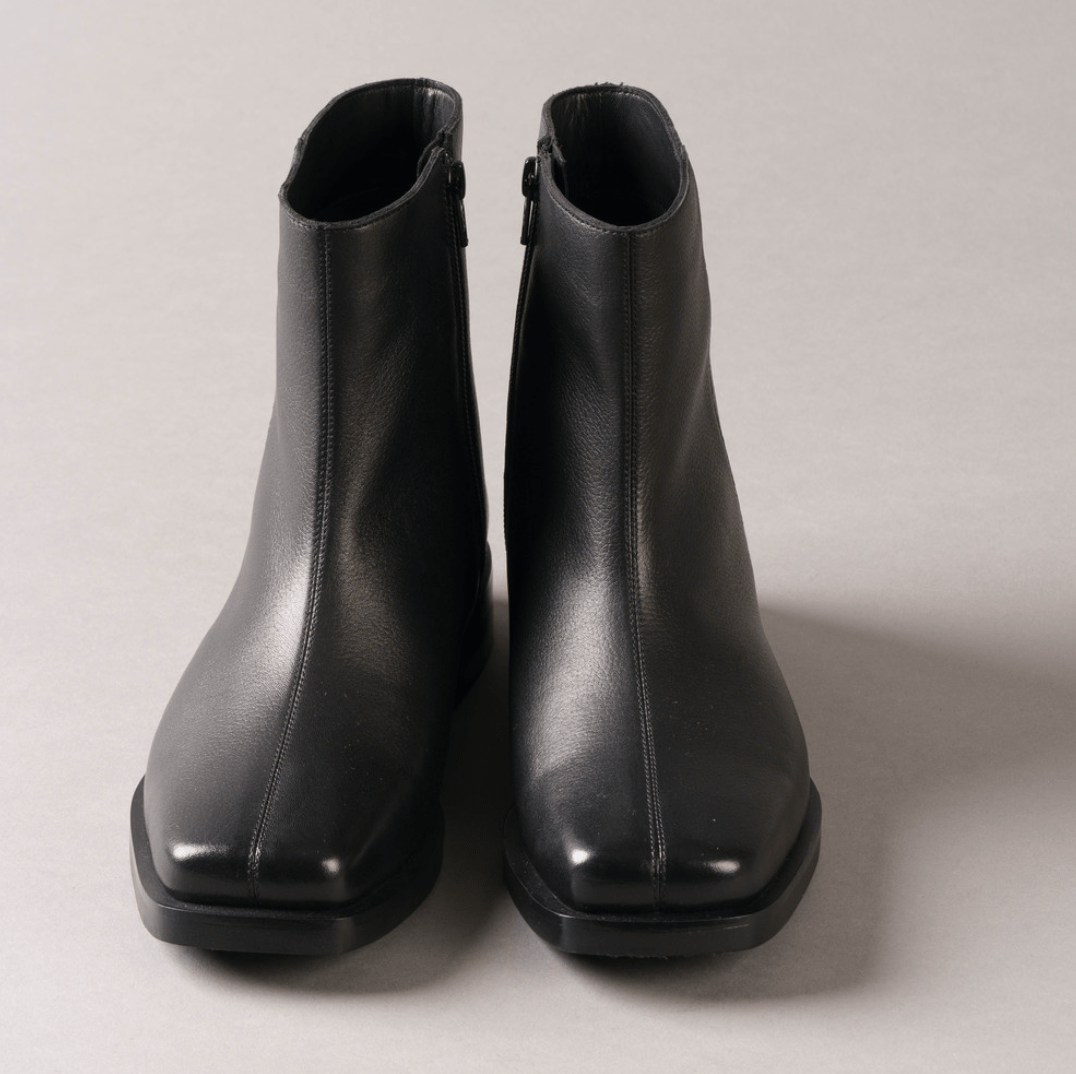
>>> For more information on leather footwear Click here.
4.1 What is Vegetable Tanning?
Vegetable tanning is a traditional and eco-friendly leather tanning method that uses natural tannins extracted from plant sources such as tree bark, leaves, and fruits. Unlike chemical tanning processes, vegetable tanning does not rely on synthetic substances or heavy metals, making it a sustainable and environmentally conscious alternative.
This method not only enhances the durability and strength of leather, but also allows it to develop a rich patina over time, adding character and uniqueness to each product. By adopting vegetable tanning, manufacturers contribute to eco-friendly leather production while offering products that are both high-quality and biodegradable.
4.2 Advantages of Vegetable Tanning
• Environmentally friendly: Vegetable tanning significantly reduces chemical usage and water consumption, making it an eco-friendly option.
• Healthier for workers: Since vegetable tanning avoids toxic chemicals, it creates a safer working environment for laborers.
• Longer lifespan: Leather that undergoes vegetable tanning is more durable and ages beautifully, contributing to sustainability by encouraging longer use.
• Biodegradable: Vegetable-tanned leather is more biodegradable compared to chromium-tanned leather, making it a better option for a circular economy.
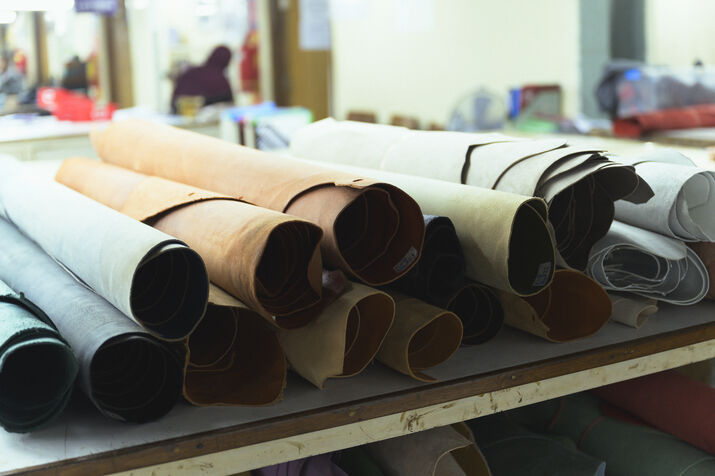
5.1 Advantages of Small Batch Leather Footwear Manufacturing
• Reduced waste: Producing smaller quantities ensures that materials are used more efficiently, leading to less waste in production.
• Customization: Small batch production allows for greater customization, offering consumers unique, one-of-a-kind shoes.
• Lower carbon footprint: By focusing on smaller, more localized production, the overall carbon footprint is reduced, as long-distance shipping and large-scale mass production are minimized.
• Faster turnaround times: Small batch manufacturers often offer faster turnaround times, especially when utilizing stock materials, which can meet customer demand without the need for excessive inventory.
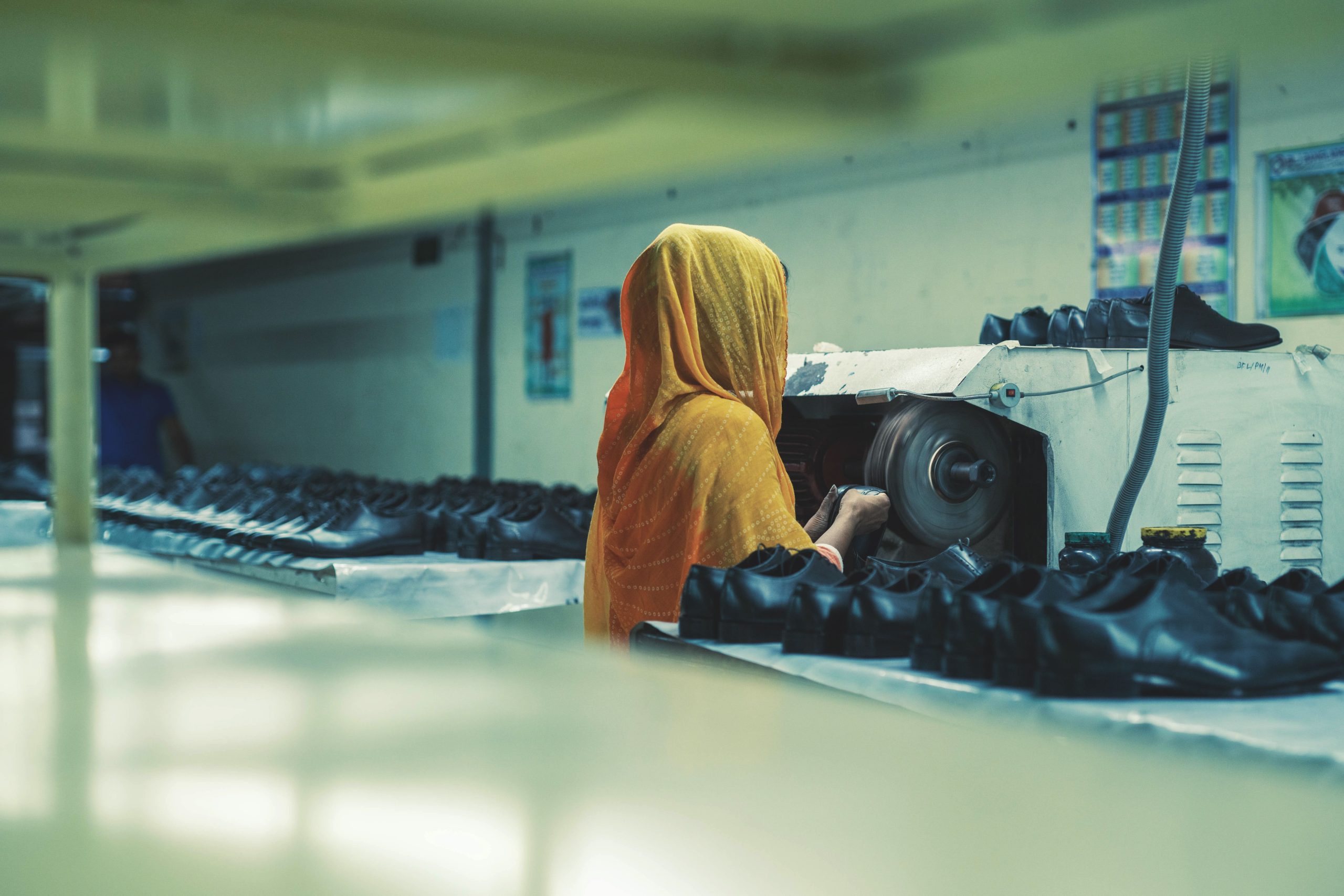
6.1 How Stock Materials Contribute to Sustainability
• Cost-effective: Manufacturers can keep production costs low while maintaining high-quality products by utilizing existing stock materials.
• Resource efficiency: Using stock materials prevents overproduction, reducing the environmental burden of unsold goods and wasted raw materials.
• Sustainability by design: Stock materials are often sourced sustainably and already meet eco-friendly criteria, ensuring that the production process adheres to green standards.
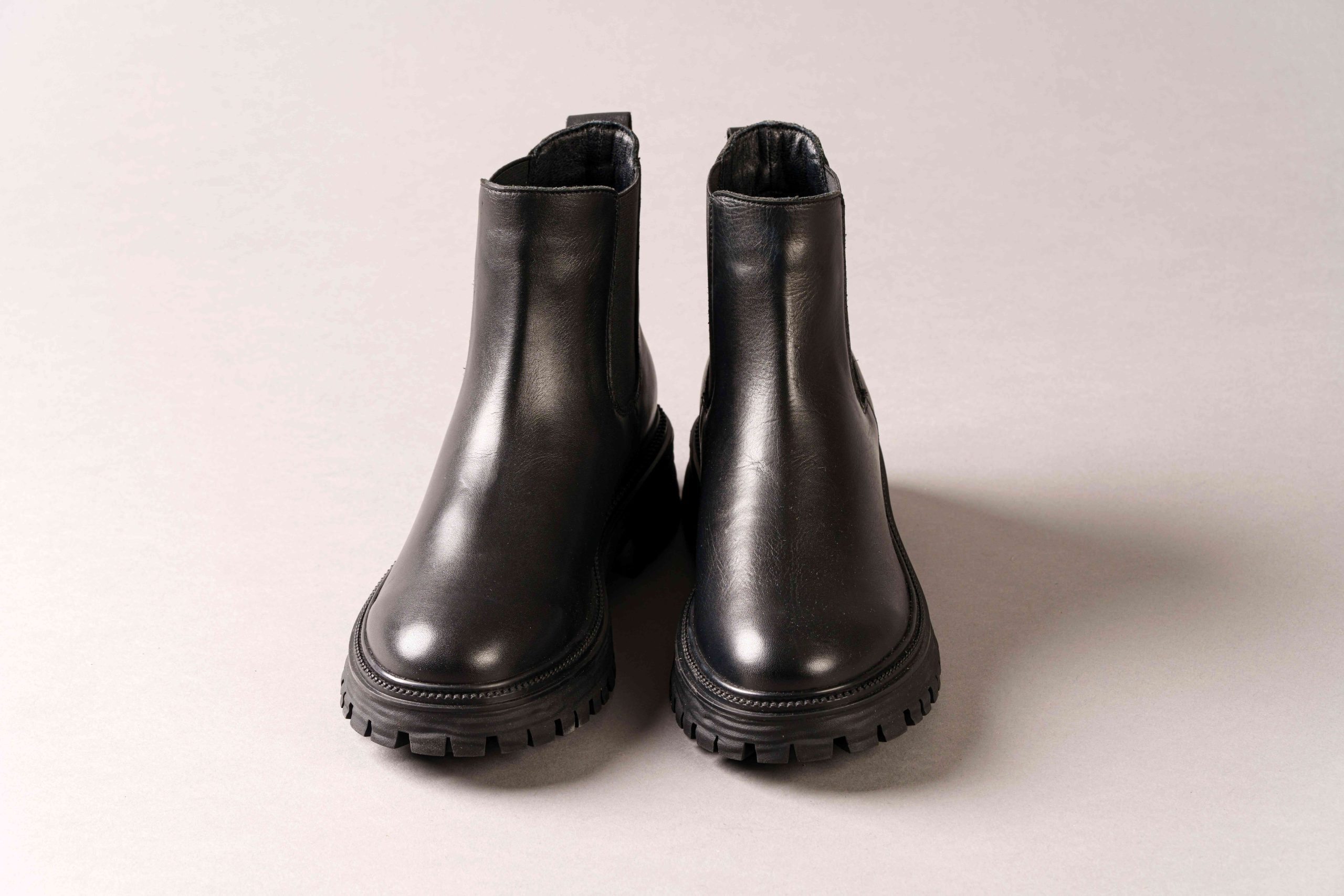
As the demand for eco-friendly products continues to rise, leather footwear manufacturers must embrace sustainability as a core principle. By choosing responsible leather sourcing, exploring eco-friendly materials, adopting sustainable OEM practices, and embracing small batch manufacturing, companies can not only meet consumer expectations but also contribute positively to the environment. Through innovations like vegetable tanning and efficient use of stock materials, the footwear industry can become a leader in sustainability, combining comfort, style, and eco-consciousness in every step.
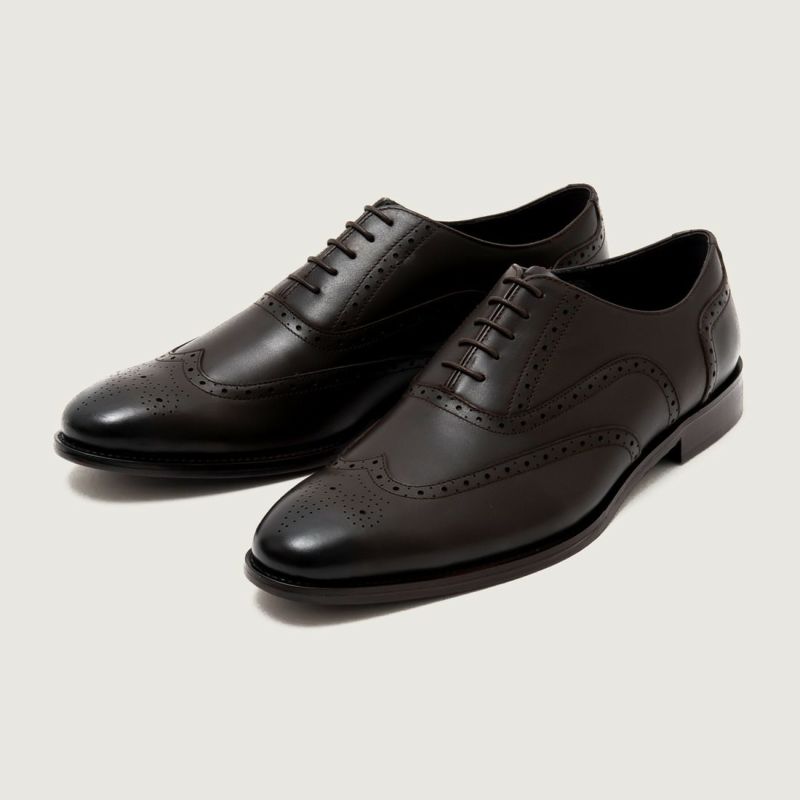
Leather Footwear BLJ Bangladesh We operate our own factory in Bangladesh, committed to using eco-friendly materials and supporting fair trade practices. As a specialized OEM manufacturer of shoes and sneakers, we are pleased to offer production services starting from a minimum order of just 100 pairs. >>> Click leather goods page~
Footwear Manufacturing Excellence: Combining Comfort and Style.
Sustainability in Leather Goods Manufacturing: How we’re reducing Our Environmental Impact
Crafting Excellence: Where Japanese Artistry Meets Leather Goods Mastery
Healthy, Happy and Heard: How We Care for Our Factory Workforce
Voices of Experience


You dream it, we craft it. Let’s make something one-of-a-kind.
Contact us




